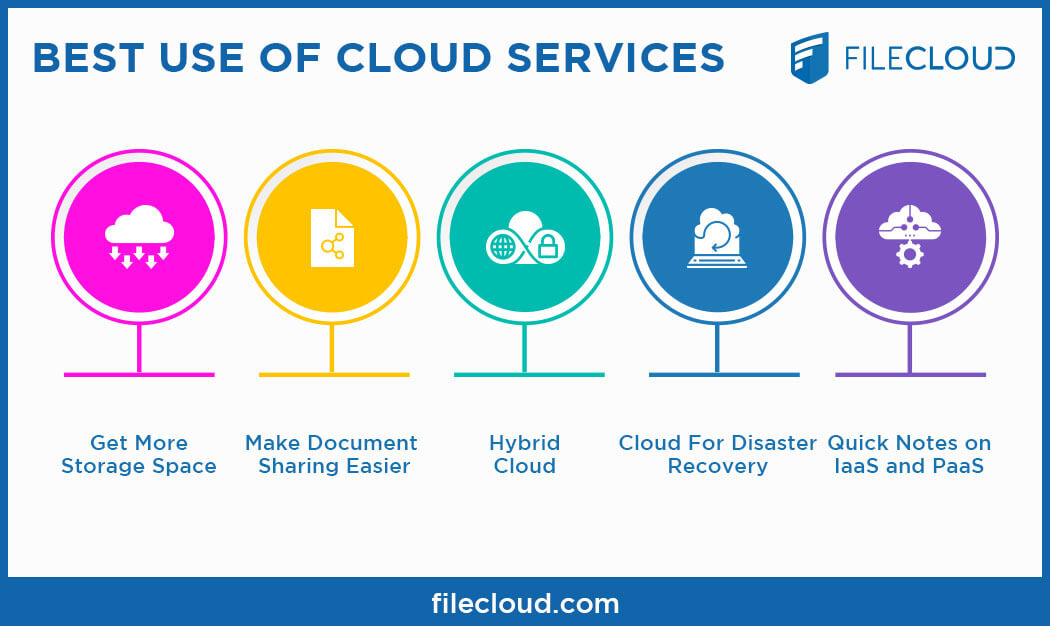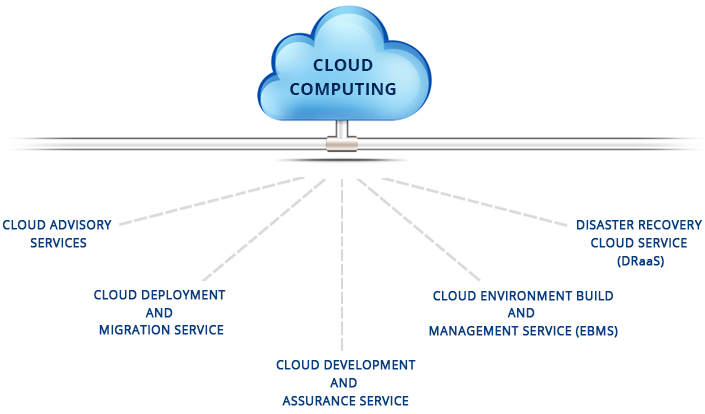Achieve Seamless Scalability With Cloud Provider
In the ever-evolving landscape of cloud services, achieving smooth scalability stands as a foundation for contemporary organizations looking for to remain versatile and affordable. The quest for smooth scalability with cloud services unveils a world of possibilities for those eager to accept the transformative power of dynamic resource management.
Benefits of Cloud Scalability
Cloud scalability offers organizations the versatility to dynamically change resources based on demand, guaranteeing ideal efficiency and expense efficiency. In addition, cloud scalability advertises advancement and testing by allowing companies to quickly examine new ideas and scale them as needed. Inevitably, the benefits of cloud scalability prolong beyond price financial savings to encompass improved efficiency, dexterity, and advancement.
Key Functions for Scaling
Effective scaling in cloud solutions depends on key functions that enable organizations to readjust sources dynamically based on demand. One necessary function for scaling is elasticity, permitting resources to scale up or down in action to changing work. This guarantees that organizations can meet performance needs without over-provisioning resources. An additional vital function is scalability, enabling systems to handle enhanced work by including resources flawlessly. This feature is important for accommodating growth without compromising performance. Furthermore, automation plays a crucial function in scaling by automating the provisioning and de-provisioning of resources based upon predefined policies. Automation decreases human treatment, enhances effectiveness, and makes certain quick reaction to changing demands. Monitoring and analytics devices are additionally vital for scaling, giving insights right into resource utilization, efficiency metrics, and potential bottlenecks. These tools allow organizations to make educated choices and enhance source allocation for effective scaling. Overall, these vital attributes collectively encourage organizations to accomplish seamless scalability in cloud services.
Implementing Auto-Scaling Approaches
To properly optimize source allotment and adjust to varying work, organizations must tactically carry out auto-scaling techniques in their cloud solutions infrastructure. Auto-scaling permits systems to immediately change the number of calculate sources based upon real-time need. There are different auto-scaling strategies that organizations can use, such as anticipating scaling, which makes use of historical information to anticipate future source demands, and reactive scaling, which reacts to existing workload adjustments.

Finest Practices for Scalability
For organizations intending to boost their other scalability in cloud services, executing finest methods is vital for optimal performance and source monitoring. One secret finest practice is making applications with a microservices design. This technique breaks down applications right into smaller, independent solutions that can be released, upgraded, and scaled individually, allowing for higher flexibility and scalability.
One more crucial method is making use of containerization modern technology, such as Docker or Kubernetes. Containers enable the product packaging of applications and their dependencies right into isolated units, making it less complicated to scale elements independently and release them continually across various atmospheres.
Furthermore, executing automated deployment and infrastructure as code (IaC) can enhance scalability efforts (linkdaddy cloud services). Automation devices like Terraform or Ansible help in provisioning and managing resources efficiently, reducing hand-operated errors and making it possible for quick scalability
Moreover, keeping track of efficiency metrics, establishing notifies, and carrying out routine ability preparation are necessary techniques to guarantee aggressive scalability management. By adhering to these best methods, companies can attain smooth scalability in their cloud services while enhancing performance and source utilization.
Tracking Efficiency Metrics
When analyzing the performance of cloud services scalability, very closely checking performance metrics is essential for making sure ideal performance and source allowance. By constantly tracking crucial efficiency indicators (KPIs) such as action times, throughput, latency, and source utilization, companies can gain valuable insights into the health and wellness and performance of over at this website their cloud infrastructure. Checking performance metrics enables the very early detection of prospective bottlenecks or problems that could impact scalability, enabling positive steps to be taken to address them prior to they intensify.

Conclusion
Finally, accomplishing smooth scalability with cloud services is necessary for companies to optimize efficiency, enhance development, and preserve high performance levels throughout peak times. By leveraging the advantages of cloud scalability, executing auto-scaling methods, utilizing crucial attributes such as elasticity and automation, and adhering to best practices like application design and efficiency surveillance, services can effectively scale their systems while maximizing resource utilization and efficiency.
The mission for smooth scalability with cloud services unveils a world of opportunities for those prepared to accept the transformative power of vibrant source monitoring.
Cloud scalability uses organizations the versatility to dynamically adjust sources based on demand, guaranteeing optimal efficiency and cost effectiveness. Another essential feature is scalability, enabling systems to take care of raised workload by adding sources seamlessly.For companies intending to boost their scalability in cloud services, implementing ideal methods is essential for optimal performance and resource administration.When evaluating the performance of cloud services scalability, carefully monitoring performance metrics is crucial for making certain ideal performance and resource allotment.